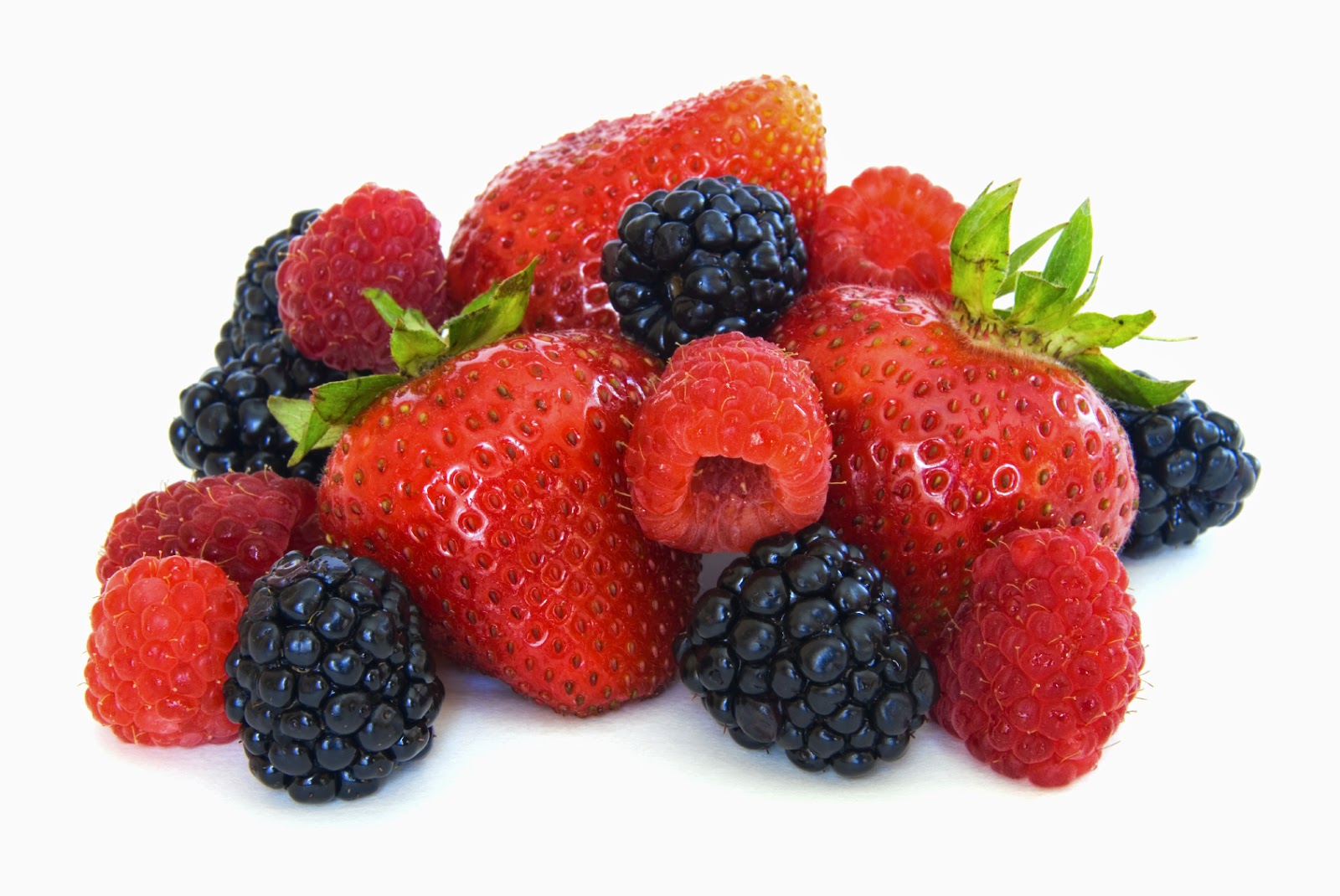As the holidays approach, so do all of the holiday food traditions. From cookie exchanges to holiday parties, many of the season’s festivities focus on food. Despite the fact that we usually follow up the holidays with New Year’s resolutions to lose weight, many of us hold on to the extra pounds we pick up. Research suggests that prevention may be the best strategy. It appears that in an attempt to keep things consistent, our bodies may actually resist changes in our weight even when we eat less and exercise more. Unfortunately though, our bodies seem to be less resistant to weight gain than to weight loss. With this in mind, you may be more successful if you take a few small steps to maintain your weight instead of focusing on losing weight after the parties are over.
Choose Strategically.Start your plate with nutrient-dense choices such as fruits and vegetables that can help fill you up on fewer calories. Stick with small portions for foods with added sugars and fats, which can quickly add extra calories. Choosing unsweetened drinks, lower fat dairy products, and baked instead of fried items more often can save enough calories to keep things in check…and make room for the occasional cookie exchange.
Find time to move.
Success in health needs to include both eating well and being more active. If you find yourself too busy to stop at the gym, move more by making activity part of your day. Try parking further away, taking the stairs or walking to a coworker’s office instead of calling or emailing.
Do well…most of the time.
It is important to remember that what you eat on most days is more important to your overall health than what you do occasionally. So, if you find that you may have overdone it a bit at a holiday party, remember that it is only one day and get right back on track!
REFERENCES:
1. Britten P , Cleveland LE , Koegel KL , Kuczynski KJ , Nickols-Richardson SM. Impact of Typical Rather than Nutrient-Dense Food Choices in the US Department of Agriculture Food
Patterns. J Acad Nutr Diet. 2012;112(10):1560-1569.
2. Hill JO, Wyatt HR, Peters JC. Energy balance and obesity. Circulation. 2012;126:126-132.)
Written by Jennifer M. Roberts, MS, RD.
December 2015


 The American Heart Association advises eating 2 servings of fish per week to maintain good health. Each serving should be 3.5 oz cooked, which is about the size of a deck of cards
The American Heart Association advises eating 2 servings of fish per week to maintain good health. Each serving should be 3.5 oz cooked, which is about the size of a deck of cards


 with Northeastern campus executive chef Tom Barton
with Northeastern campus executive chef Tom Barton














 Even if you are in a rush and feel that you don’t have to time for breakfast you can grab something on the go! Thinking ahead is one way to help you make healthy choices in the morning. Pack a healthy option in your backpack the night before (cereal bar, granola bar, dry cereal or a piece of fruit) or stop at Outtakes in the morning to grab a healthy on-the-go option. A smoothie made with fruit and low-fat yogurt can also be a great quick option.
Even if you are in a rush and feel that you don’t have to time for breakfast you can grab something on the go! Thinking ahead is one way to help you make healthy choices in the morning. Pack a healthy option in your backpack the night before (cereal bar, granola bar, dry cereal or a piece of fruit) or stop at Outtakes in the morning to grab a healthy on-the-go option. A smoothie made with fruit and low-fat yogurt can also be a great quick option.




 From designing unique, eye-catching advertisements for our digital screens across campus to introducing new social media channels to our portfolio, we are always looking to stay in touch with you in new ways. And speaking of new social media, you can now follow "nudining" on Snapchat! We’ll be having some fun showing you
From designing unique, eye-catching advertisements for our digital screens across campus to introducing new social media channels to our portfolio, we are always looking to stay in touch with you in new ways. And speaking of new social media, you can now follow "nudining" on Snapchat! We’ll be having some fun showing you 